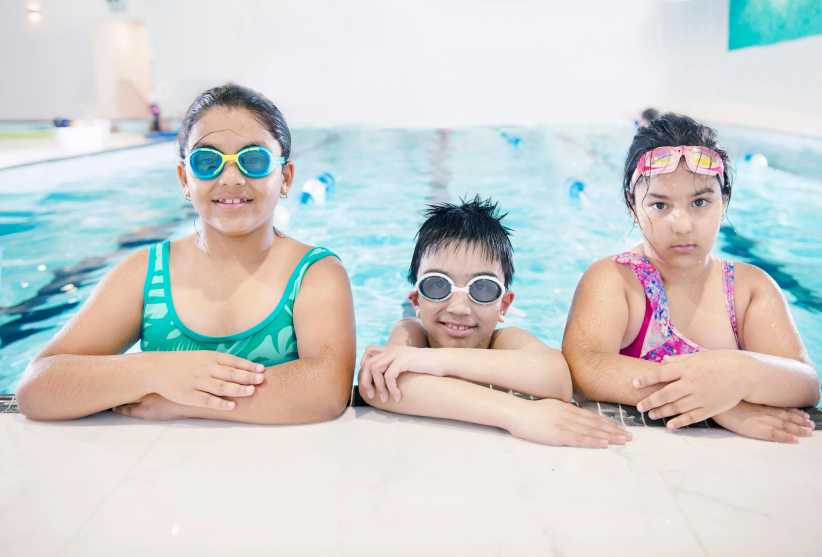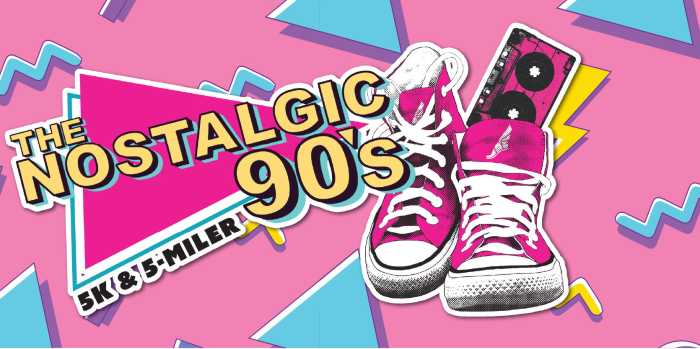When Michael was in kindergarten, his mother, Pamela, noticed he had difficulty grasping basic math.
“He couldn’t add, he couldn’t hold on to a string of numbers,” says the Rockland County N.Y. mother. “Money didn’t make sense.”
As her son grew older, things did not improve.
“He would remember [a math problem] one day, but forget the next. He would say 5 plus 5 is 10, then say 5 plus 5 is 4. He wouldn’t see the difference in $2 or $20.”
Michael was extremely frustrated, despite having a high IQ. He had been diagnosed as dyslexic, but Pamela could see something else was wrong. She then began doing research to find out why her son was not understanding math.
In this way, she learned about dyscalculia — a learning disability that some call the “math dyslexia.”
Dyscalculia (pronounced dis-KAHL-koo-LEE-ah) is described as “unexpected difficulty in the acquisition of skills involving quantitative reasoning and arithmetic,” by Renee Newman, a learning disabilities specialist who founded Dyscalculia.org.
“Kids with dyscalculia do not graduate beyond fingers,” Newman says. “The most severe will never understand what the number 5 represents. They are bright kids. But they consistently can’t be great in math.”
According to Newman, the symptoms of dyscalculia include:
• Difficulty with time, directions, recalling schedules, and sequences of events. Difficulty keeping track of time. Frequently late.
• Mistaken recollection of names. Poor name-face association. Substitute names beginning with same letter.
• Inconsistent results in addition, subtraction, multiplication, and division. Bad at financial planning and money management. Too slow at mental math to figure totals, change due, tip, tax.
• When writing, reading, and recalling numbers, these mistakes may occur: number additions, substitutions, transpositions, omissions, and reversals.
• Inability to grasp and remember math concepts, rules, formulas, sequence (order of operations), and basic math facts.
• Poor memory (retention and retrieval) of math concepts; they may be able to perform math operations one day, but draw a blank the next! May be able to do book work, but then fails the tests.
• Unable to imagine or “picture” mechanical processes. Poor ability to visualize or picture the location of the numbers on the face of a clock, the geographical locations of states, countries, oceans, streets, etc.
• Poor memory for the layout of things. Gets lost or disoriented easily. May have a poor sense of direction, may lose things often, and seem absent minded.
“It’s impaired calculation,” says Virginia Berninger, a professor at Washington University who authored a math diagnostic test. “There’s a lot of trouble learning math facts.”
But even though some students may have trouble with math concepts, Berninger says there are still tactics for parents to do at home to help their children understand them.
“When they’re 4 or 5 years old, [have them] count the dishes on the table, count the number of blocks by actually touching the objects,” she suggests.
As they get older, Berninger suggests parents purchase a number line or create one. This way, children with math disorders will learn to count forward on a line and understand that numbers are all about going forwards and backwards.
“Three plus 5 means going forward five times, and you get 8,” she says. “Subtraction means going backwards, so you count back five times.”
Flashcards are also useful, since they involve eyes and ears, along with mouth and hands.
“When your child says the answer, they should also write the answer,” Berninger says. “A lot of parents tell me their kids get better.”
Another thing that could help dyscalculic children is for them to go outside.
“Being out in nature has shown to improve geometry,” says Berninger.
Newman suggests that parents should be creative with their kids, such as using marshmallows to help with their counting skills. But a big part of dyscalculia is understanding direction.
“The brain needs to be programmed for directional awareness,” she says. “It’s all about spatial sense. There’s a part of the brain that specializes in quantitative processing, but that part of the brain does not light up.”
Even though dyscalculics may spend their lives struggling with numbers and calculation, that does not mean they cannot hope for a bright future, just like any other child with a learning disability.
“They could do anything that doesn’t require math,” says Newman. “It’s not that you can’t become an engineer, you’ll just have problems.”
As for Pamela, her son Michael, who is now 12, hopes to be a graphic designer. He enjoys art, sports, and acting. He is currently homeschooled, and is working with tutors who understand his disability. Pamela had to take him out of public school, because teachers did not have therapies or strategies to help him manage his dyscalculia.
“The programs were just not working,” she says. “He just cannot learn there.”
Although dyscalculia is believed to be as common as dyslexia — with seven percent of the population or more having it — there is little attention given to this disability.
“In our culture, we tend to think math is more difficult than reading,” Newman says. “It’s more socially acceptable to be bad at math. We need to train parents and teachers that is not OK.”
Despite his earlier struggles, Michael is doing well.
“He’s smart enough to know what he can’t do,” his mother says. “He does motor activities to put himself in the numbers. Being homeschooled allowed us to give us the time that he needs. He finally feels successful.”
Megan McGibney is a freelance journalist living in New York City, whose work has appeared in the New York Post, Corner News Media, Brooklyn Daily, and Irish Central.





















